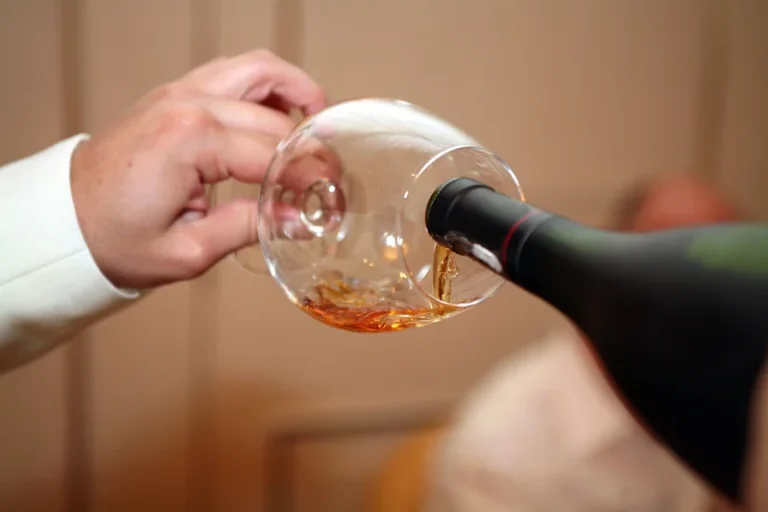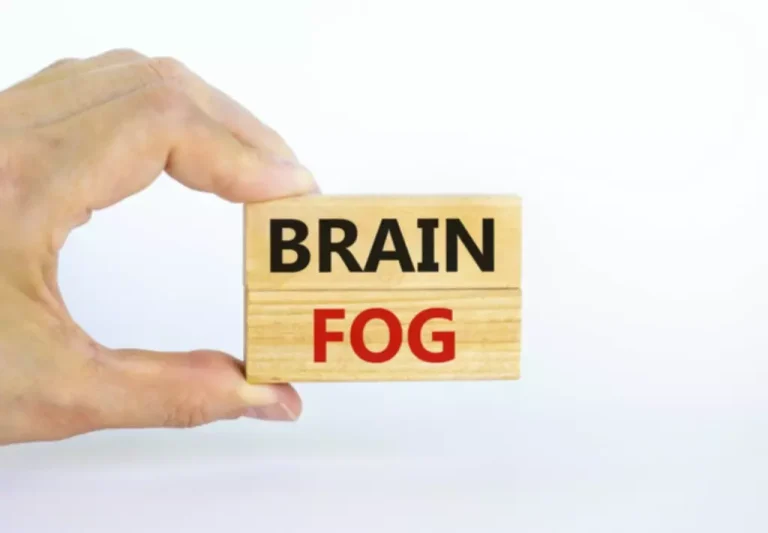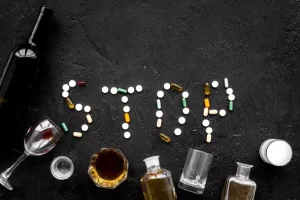Addiction Recovery: Seven Great Art Project Ideas

It can help us express things that we may feel shameful about, or things that are too painful to recount with words. It can help us look at how we really feel about something, as art is essentially our subconscious outside of ourselves. Whilst exploring these difficult emotions, the practice of creation provides a calming blanket.
Download 3 Free Positive CBT Exercises (PDF)
Mandala drawing is a powerful art therapy exercise that can help individuals in addiction recovery manage stress and promote relaxation. By focusing on creating intricate patterns and designs https://ecosoberhouse.com/article/10-best-alcohol-addiction-recovery-books/ within a circular structure, participants can achieve a meditative state and find inner peace. Art therapy, as an integral part of creative recovery, plays a pivotal role in this journey.
Guided Imagery Drawing for Relaxation

Another organization, the Art Therapy Credentials Board (ATCB), monitors art therapists to ensure that they provide quality, ethical care. Art therapy is used in many treatment centers for its ability to support the recovery of clients who may otherwise struggle to talk about their addiction. These are some of the most important ways in which art therapy is used to encourage a more successful rehab.

Art Therapy Activities For Recovering Addicts

Photo therapy can enhance clients’ appreciation of their environment and what they love about their daily life. Self-portraiture using a range of materials can be very cathartic, and a series of self-portraits can reflect how a client sees themselves changing over time. These can be made by drawing, painting, mask making, art therapy ideas for adults in recovery sculpture, photography, or mixed media using a combination of these materials. The expressive collage-making exercise by expressive arts therapist Shelley Klammer in the video below is designed to enhance self-acceptance. Drama therapy is a safe method for exploring these roles in a nonthreatening way (Jones, 1996).
You can find it in many different settings, including residential recovery centers, medical facilities, schools, psychiatric units, and community mental health centers. The practice provides a creative outlet for people to express their thoughts, feelings, and experiences through various art forms. When you take part in art therapy, you can reduce stress and express your emotions positively and safely.
By deepening your understanding of this powerful therapeutic approach, you can make a meaningful difference in the lives of those seeking to overcome addiction and build a brighter future. Discover the benefits of mandala drawing and other art therapy exercises in our comprehensive 50 Art Therapy Exercises eBook. This valuable resource is perfect for those seeking to explore the healing potential of art therapy. Malchiodi explains the neuroscience of trauma and how expressive arts can reprogram the nervous system through holistic acts of creative expression, by helping to process traumatic experiences that often evade language.

Conclusion: Embracing Creative Recovery
- Masks and puppets can also be used to explore roles and express difficult feelings rather than participating in active role-play if a client is uncomfortable expressing themselves directly.
- Finding other ways to communicate thoughts and emotions can help break through that barrier and progress along the recovery journey.
- Movement can be a powerful form of self-expression to connect to the wisdom of the body and its innate healing capacity.
- Participants use a variety of materials and mediums—paint, collage, colored pencils, and sometimes clay.
- By spending a few minutes to focus on an art project, people will gain a sense of accomplishment and perhaps some insight into their thoughts and feelings.
- By engaging in various art-making activities, those in recovery can explore their emotions, develop coping skills, and find new ways to communicate their struggles and successes.
